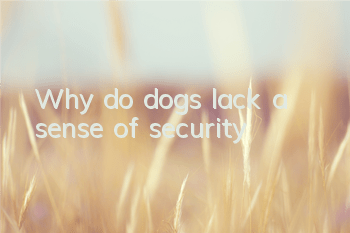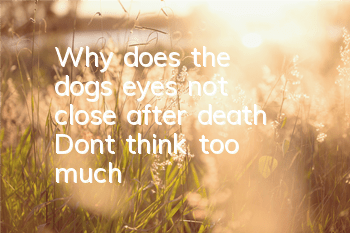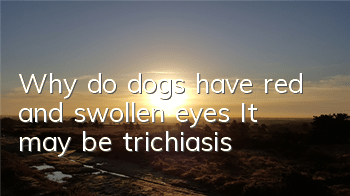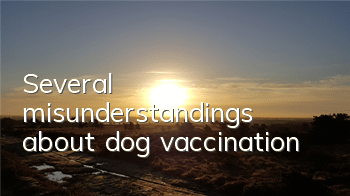Dogs begin to grow teeth around 20 days old; dogs aged 4 to 6 weeks old have all their primary incisors.
When the dog is nearly 2 months old, all the dog’s deciduous teeth are in full length, white, thin and pointed; between 2 and 4 months old, the first deciduous incisor is replaced; at 5 to 6 months old, the second and third deciduous teeth are replaced. Incisor teeth and deciduous canine teeth; after 8 months of age, all dogs have their permanent teeth replaced, but it is not ruled out that some dogs will be replaced later, and there are even cases where the teeth are replaced by 2 years old.
The permanent teeth of a 1-year-old dog are evenly long, white and bright, and there are sharp protrusions on the incisors; a 1.5-year-old dog’s first incisor tooth has a canine peak that is worn to the level of the small peak, which is called peak obliteration; a 2.5-year-old dog The peak of the second mandibular incisor is obliterated.
The peak of the first maxillary incisor of a 3.5-year-old dog is obliterated; the peak of the second maxillary incisor of a 4.5-year-old dog is obliterated; the peak of the third mandibular incisor of a 5-year-old dog is slightly worn, and the wear surfaces of the first and second incisors of the mandible are rectangular.
The peak of the third incisor of the 6-year-old dog's mandible is obliterated and the canine teeth are blunt; the first incisor of the 7-year-old dog's mandible is worn to the root of the tooth, and the wear surface is vertically oval;
The worn surface of the first mandibular incisor of an 8-year-old dog is tilted forward; the worn surface of the second mandibular and first maxillary incisor of a 10-year-old dog is longitudinally oval;
A 16-year-old dog has lost its front teeth and incomplete canine teeth.








